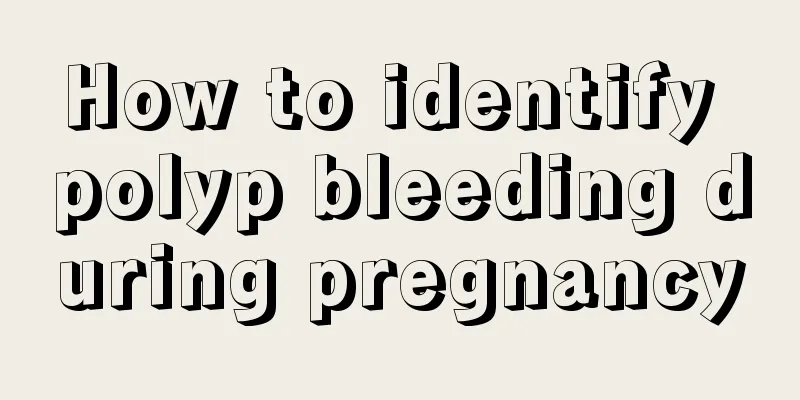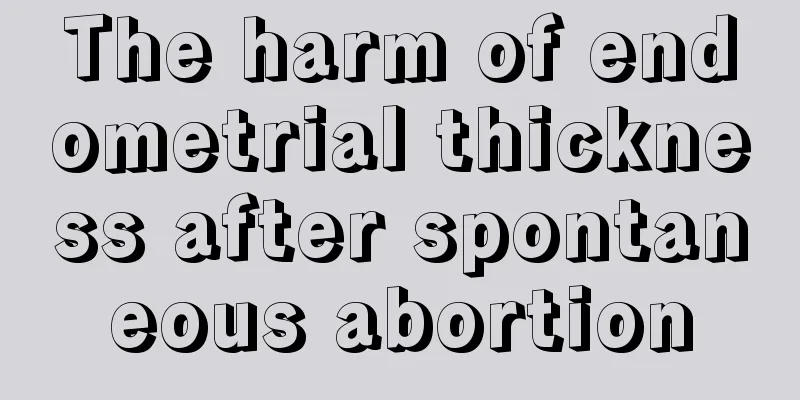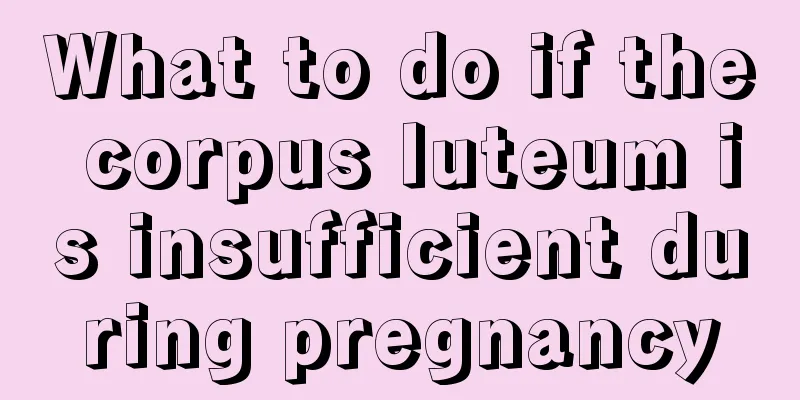How to identify polyp bleeding during pregnancy

|
Some women find that they have cervical polyps and bleeding symptoms during pregnancy. Faced with this kind of cervical polyp bleeding problem, women think they should lie down and rest immediately, and not walk anymore, but they also think that this is too exaggerated and unnecessary. So, can you walk during pregnancy if you have polyps and bleeding? If polyps bleed during pregnancy, the severity of the bleeding depends on the severity of the bleeding. At this time, the pregnant woman should see a doctor immediately for a detailed examination to find out the size and depth of the polyp, and then the doctor will decide on the corresponding treatment plan and whether the pregnant woman can walk at this time. You need to listen to the doctor in everything and not act arbitrarily on your own. Although cervical polyps are a problem during pregnancy, they do not necessarily cause great harm to the growth of the fetus, so pregnant women do not need to think too much about it. Cervical polyps can have a great impact on the physical and mental health of pregnant women. Continuous bleeding can easily lead to gynecological problems such as vaginitis, making pregnant women very uncomfortable. Even during pregnancy, if a woman has cervical polyps, she can consider surgical removal. Surgical treatment of cervical polyps is not difficult and does not require anesthesia or other drugs before surgery, so pregnant women do not need to worry too much about this problem. If you want to determine whether polyps are bleeding during pregnancy, you need to perform a gynecological examination and expose the cervix with a speculum. If polyps can be seen, you can use a cotton ball to touch the polyps to see if there is bleeding. If no polyps are seen, you can check the position of the placenta with ultrasound. If the placenta is low, it will generally easily cause bleeding during pregnancy. If the placenta is in a normal position and there are no polyps, bleeding during pregnancy is the cause of threatened miscarriage or threatened premature birth. The main treatment for threatened miscarriage or threatened premature birth is to pay attention to rest and preserve the fetus. Hospitalization can also be used for fetal preservation treatment. |
<<: Vaginal opening is too small
>>: Vulvar sebaceous gland granules
Recommend
Causes of left adnexal pain during menstruation
We all know that pain is usually caused by noxiou...
What is endoscopic effusion?
Many women suffer from pelvic effusion, which may...
Can I drink red wine during my period?
When women have their menstrual period, they must...
What should I do if I suffer from miscarriage and am physically weak?
The body of a person is very weak after a miscarr...
What to do if you have diarrhea at 33 weeks of pregnancy
The physical changes of pregnant women are very s...
Management or measures for postpartum hemorrhage
For parturients, postpartum hemorrhage is one of ...
What medicine should women take to treat qi stagnation and blood stasis
The phenomenon of qi stagnation and blood stasis ...
Why do I have vaginal discharge when I wake up in the morning?
It is very common for women to have vaginal disch...
How many days does it take to wash your hair after getting it permed?
After working overtime for a long time, my boss f...
Can you get pregnant from behind during the 7th to 8th month?
When you are seven or eight months pregnant and h...
Is early teething a good or bad thing?
As the concept of "winning at the starting l...
Why do girls have acne on their chests?
Acne is very common. There are many reasons for t...
What are the pathologies of cervical polyps?
Female friends are one of the manifestations of o...
There is something like meat in the menstrual period
The reason why women have menstruation is due to ...
Are there any pregnancy reactions in ectopic pregnancy? How to detect ectopic pregnancy in time?
Needless to say, the impact of ectopic pregnancy ...









